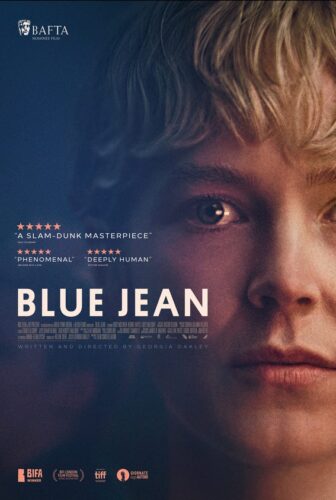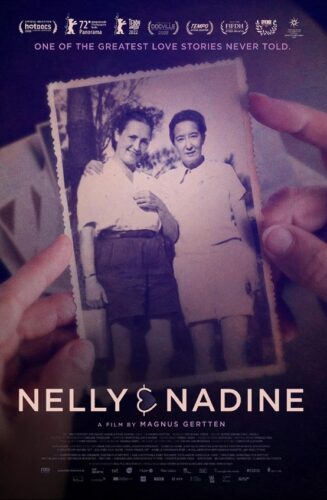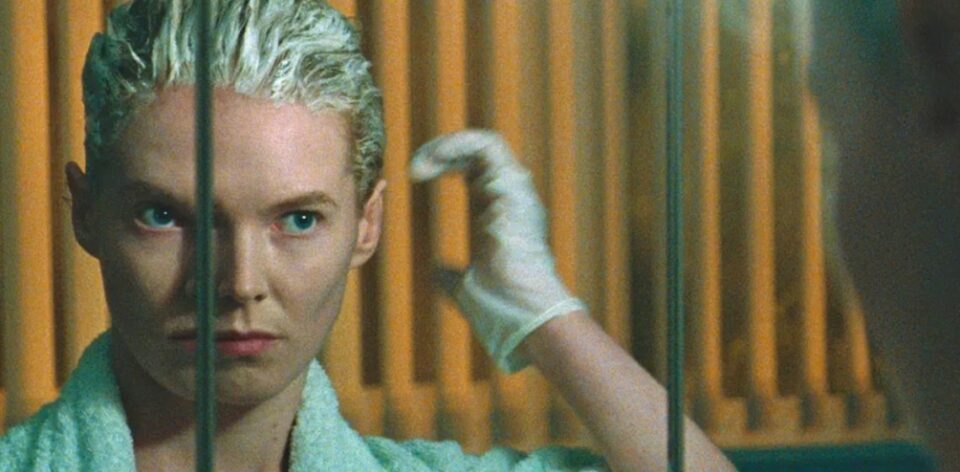Norway is famous for many things, such as the beautiful fjords, the glittering white snow or the Viking legends, but it is not famous for its vibrant social life. This is why we were so excited when we heard there would be an international film festival in Trondheim at the beginning of March. It really was fantastic, both as a social experience and from an LGBTQ+ perspective.
The Kosmorama international film festival, whose motto is “To see the world from many perspectives”, is practically comparable to the Hungarian Verzió international human rights documentary film festival and the Budapest International Documentary Festival (BIDF), at least for us it evoked nostalgic feelings. Kosmorama, however, is much older than either of the two: it has been running in Trondheim since 2005. For a week, more than 80 films (a mix of feature films and documentaries) can be seen at the festival.
It was a pleasant surprise that the opening film was LGBTQ+-themed, and that it didn’t deal with some Middle Eastern, African, or other far-off country’s problem, but rather served as a mirror for the local, Norwegian reality. The film’s title is even self-critical: The Norwegian Dream. Of course, I’m not happy that the LGBTQ+ theme is once more related to a “challenge” or “victim” narrative, but it was uplifting to see that even a culture which is strikingly open and progressive about LGBTQ+ rights is capable of critical self-reflection, rather than just looking for problems in other places. It also says a lot about Norwegian public life and education that the director of the film is a lecturer at a university in Trondheim (Anna is proud to work there).
Of the lesbian-themed films at the festival, we were able to watch two, and both films were a memorable experience. One of them was a British film called Blue Jean. The story takes place at the end of the 80s in Great Britain where a decree very similar to the current (!) Hungarian “pedophile law” is being introduced by the Thatcher government: only heterosexual values can be promoted in school. The protagonist is a young teacher called Jean who spends her nights at the local gay bar with her lesbian friends and her partner but hasn’t come out at school. It becomes more and more difficult for her to deal with the dual pressure from her friends and colleagues who are pushing her to choose a heterosexual partner and from her girlfriend and friends who are demanding a more free life and open sexuality. When a lesbian student arrives in her class, she is faced with a choice: how or whether she can set an example for this young girl.

The story and the portrayal of the characters was realistic, but not depressing. This struggle can be really familiar to us, which is obviously sad from the perspective that Hungary is again/still here. But, the film also gives some hope: step by step, progress is not inconceivable, and the community can give a lot of strength to the individual, even when the situation seems hopeless.
The second film which is worth mentioning is a Swedish-Belgian-Norwegian documentary called Nelly & Nadine. A while back, one of my favorite lesbian-themed films was Aimée & Jaguar, from ‘99. So, when I saw this film which also had two female names in the title and it turned out to be a WWII story, I thought it was fate. I must admit, I still was not expecting such a beautiful film.
This documentary is the story of a love that began in the Ravensbrück concentration camp and was to be fulfilled over 20 years. Nelly was a Belgian singer and mother of two, while Nadine was a Chinese-Spanish lawyer and member of a Parisian lesbian-feminist writer’s circle when captured. They met each other and fell in love at Ravensbrück. A few years after the war, they moved together to Venezuela and lived there until Nadine’s death in the 70s. Nelly’s daughter and grandchildren didn’t know anything about the relationship. Even though they regularly visited Nelly in Caracas, no one ever asked why Nadine lived with her.

Neither of them is alive anymore, but fortunately their story was not lost: Nadine took a lot of photos and videos, while Nelly, on the other hand, wrote a lot. So, there is a lot of documentation of their life together. Thanks to the film crew, the captivity, the love, the longing, and the happy life in Caracas practically unfold before our eyes as Nelly’s granddaughter Sylvia, in her fifties, living on a farm in northern France, reads the diary entries and watches the footage. We follow her as she discovers and comes to terms with the secret that her grandmother was a war hero and resistance fighter, as well as a lesbian who was devoted to the masculine-looking Chinese-born lawyer known to the family only as Nadine.
Just like in Blue Jean, the portrayal of the characters was authentic in Nelly & Nadine: not one-dimensional characters, but real people unfold before our eyes. People who make you think, inspire you, and make you want to embrace the one beside you (ideally your love ).

